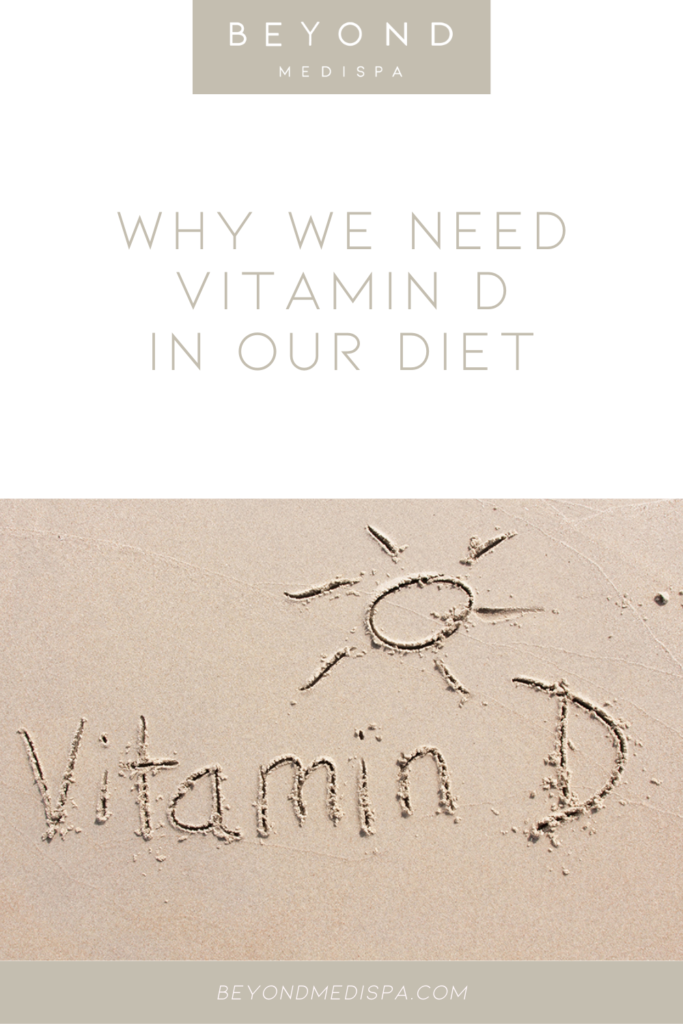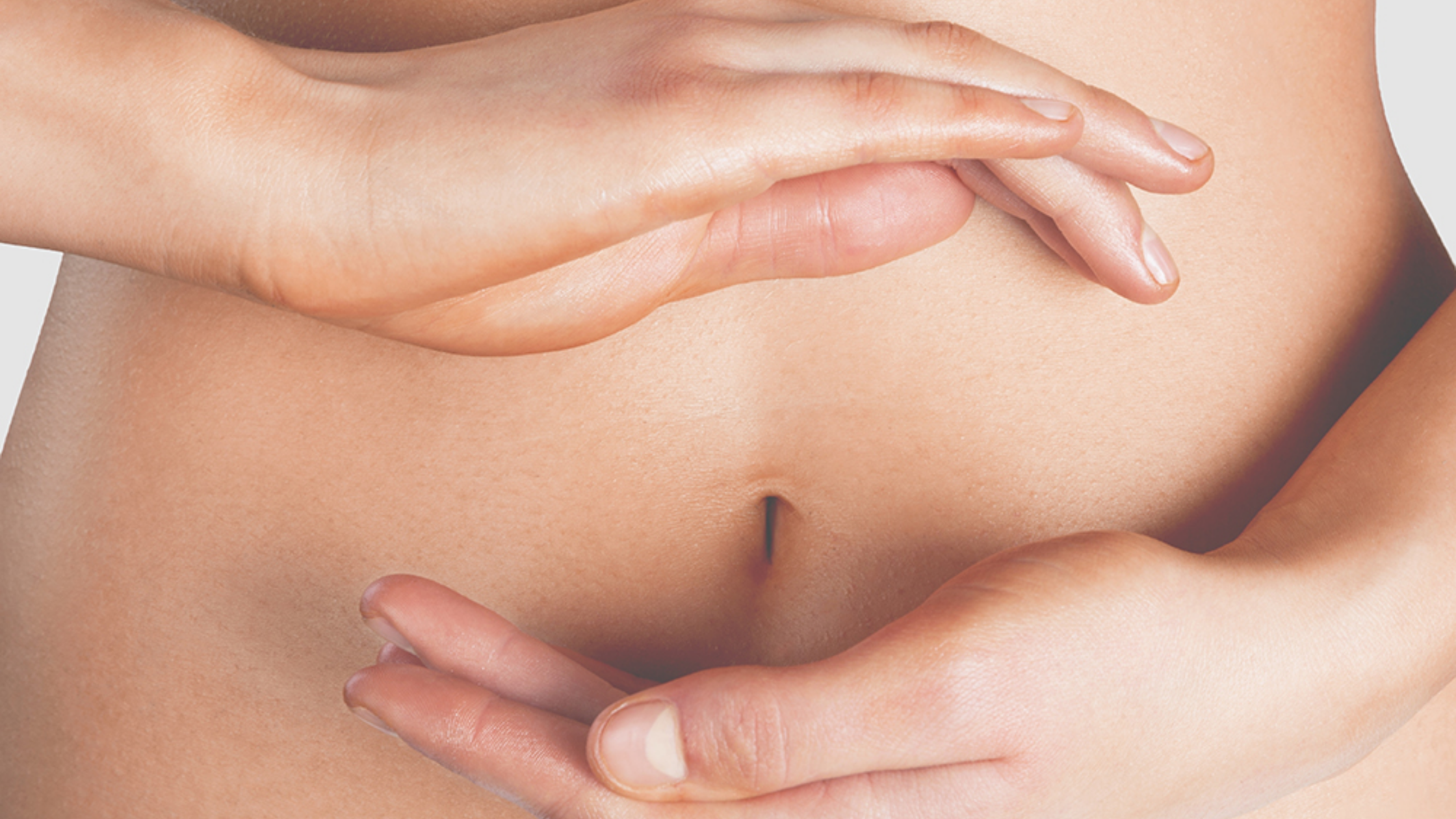Sarah Carolides reveals the importance of Vitamin D and the effects on your body being deficient can have!
There’s a lot to like about winter. I LOVE the excuse to make warming soups & stews, long walks on cold, bright days and all the Christmas lights…
I shan’t list all the things I don’t like about winter, but right up there must be catching a cold, and feeling a bit blue come January.
In this post, I’m going to explain why so much of that is down to your levels of vitamin D, which is sometimes called the ‘sunshine vitamin’ (and hence a lack of it in winter).
We’ll look at all the stuff you really need to know about vitamin D (this is how I’m going to convince you that really is vital for life and you should get yourself tested if you don’t know your levels already). We’ll look at how you can tell if you might be a bit low, who should get tested, and where to have it done. Oh, and how to boost your levels naturally through food. Not gonna lie though, food sources can NEVER give you enough vitamin D in winter. My clients know I have a rule. When the clocks go back, you should automatically start supplementing Vitamin D until they go forward again. But how much?
WHY YOU REALLY, REALLY NEED VITAMIN D
Vitamin D is a superstar vitamin. More correctly, it’s actually a hormone. If levels are too low, this is bad news for health. I’m talking cancer, osteoporosis, rickets in children, asthma, tuberculosis, multiple sclerosis (and other autoimmune diseases), heart disease, diabetes and dental problems (1)
WHY SO LOW?
- Sun cream. Your body makes vitamin D after contact with the sun’s UV rays but, as we’re a nation of sun cream fanatics (and this covers the skin, blocking the rays of sunlight from getting through), you might not be getting enough straight-up sun.
- Among other things that go a bit wrong as you get older, your body is less good at turning the rays from the sun into vitamin D. Specifically, the kidneys are less good with age at turning it to the active form of calcitriol.
- Kidney or liver disease of any kind also means vitamin D is not converted to the active form.
- Tummy troubles. Problems with the digestive system (and I’m not talking about disease here – just an imbalance that may cause anything from a few manageable symptoms to more serious trouble ‘downstairs’) mean the digestive tract does not absorb the vitamin D as well.
- Obesity (technically that’s a BMI or body mass index of 30+) has the fat cells in your body hoover up the vitamin D. So then it’s stored – unusable – in your fat cells and is not whizzing around your body in your blood.
- Lack of sleep. Just as you need sunlight to make vitamin D, you need sleep to actually use
- The presence of the stress hormone cortisol reduces the uptake of vitamin D by special vitamin D receptors. It literally sits there, in the body, without being able to be used. What a waste!
- Your skin colour. The darker your skin, the less vitamin D you will make. This is due to the higher levels of melanin in your skin that protect against UV light. By blocking the sun’s rays, it also curbs the body’s ability to make the pre-cursor to the active vitamin D.
- Nightshift workers and anyone else who doesn’t spend much time in the sunlight, so let’s face it, that’s pretty much anyone who works in an office. Quite simply, you need the sun on your skin.
DID YOU KNOW???
Research shows you’re 11 times more likely to be depressed if you have low vitamin D than if you don’t. (2)
Vitamin D may be able to put the brakes on the progression of Alzheimer’s disease. (3)
10 SIGNS YOU MIGHT HAVE A VITAMIN D DEFICIENCY
- Depression or anxiety (including mood changes or irritability)
- Bone softening (low bone density), fractures
- Feeling tired all the time/ decreased performance
- Muscle cramps and weakness
- Joint pain (especially back and knees)
- Difficulty regulating your blood sugar levels/ post lunch energy crash
- Low immunity
- Slow wound healing
- Low calcium levels in the blood
- Unexplained weight gain
Symptoms like these are commonly overlooked because they don’t feel life threatening, and they’re often dismissed as normal, everyday aches and pains you have to deal with. But you don’t have to put up with these symptoms of ill health!

WHO SHOULD GET TESTED?
If any of the above resonates with you, then you should definitely get tested. You might find your GP will do this for you. For the month of March we are now offering a free ‘on the spot’ 20 minute Vitamin D check with any initial nutritional consultation in Beyond Medispa. Call Reception for more details and availability.
The test is the 25-hydroxy vitamin D test (also known as the 25-OH vitamin D test or Calcidiol 25-hydroxycholecalciferol test). It’s the most accurate way to measure how much vitamin D is in your body.
If you do take a test and you’re very low, you’ll need an intense 4-6 weeks supplementation at a high dose and then re-testing to see the impact it’s had. There is such a thing as too much vitamin D (known as vitamin D toxicity). You’d have to be going some way to get there, but it is possible, which is why it is essential you know your levels before you start guzzling any supplements.
I know what you’re thinking. Here’s a few of those ‘yes, buts’ you have going on…
- I already take a vitamin D supplement.
- I go out in the sun quite a bit
- Wouldn’t my doctor ask to test me if they thought it were a problem?
- I’m too busy to take time off to take a test.
I hear you. If you seriously have nothing wrong with you, if you didn’t identify with any of the symptoms in the list, then don’t bother. But if you did…
And here’s a cautionary tale… one of my clients [actually it’s me, this is true, but don’t tell anyone] thinks she gets enough sun in the summer and takes a supplement all winter. But in spite of being aware, her levels were only ¼ of what they should have been when she tested them last month. The moral of this story is, get tested.
HOW TO UP YOUR VITAMIN D
- Get yourself some sun. Recommended sunlight exposure is between 10 and 30 minutes a day with no sun cream in the summer. In the winter we don’t have the right UV rays to generate vitamin D in the UK at all.
- If getting out in the sun is not an option, sit in front of a light box that supplies 10,000 lux of full-spectrum light for 30 minutes every morning. This is an especially good option for winter months, for night shift. Bit of a faff, but it’s an option.
- Take a supplement.You can take a generic 1,000 IU dose as an adult (but not children without consulting your GP) BUT, if you’ve no idea what your blood levels are, how to you know how much you should be taking?
- Eat naturally vitamin D-rich foods like oily fish (salmon, sardines, fresh tuna, trout, halibut, mackerel, et.), high quality cod liver oil, egg yolks and liver. Do not be fooled into thinking the fortified foods are the same or have similar benefits. Fortified foods (like cereals, margarine and some yoghurts) contain a synthetic version of the vitamin known as D2 (the natural form is D3). Research shows this is less effective at raising levels of vitamin D in the blood. (4)
APPY GO LUCKY
This summer I discovered a lovely little app for my phone called D minder. It helps you track your levels of vitamin D by entering your test results and filling in details like whether you supplement and how often you go out in the sun. It will track your sun exposure and it’s impact on your vitamin D levels. It’s a little technical (and by that I mean just a little – you won’t need a PhD to understand it) so it’s probably one for anyone with very low vitamin D or the geeks among you. And anything that increases awareness of vitamin D levels is fine by me!
- Source: PLoS One. 2013;8(3):e58725.
- Source: PLoS One. 2013;8(3):e58725.
- Source: MT Mizwicki, et al. Genomic and Nongenomic Signaling Induced by 1α,25(OH)2-Vitamin D3 Promotes the Recovery of Amyloid-β Phagocytosis by Alzheimer’s Disease Macrophages. J Alzheimers Dis. 2012 Jan 1;29(1):51-62
- Source: https://www.ncbi.nlm.nih.gov/pubmed/22552031]





